Renaissance Hotel Holdings Inc. v. B. Vijay Sai and Ors. – (2022 SCC OnLine SC 61)
Facts:
The appellant (i.e. Renaisance Hotel Holdings Inc.) is a company incorporated under the laws of the State of Delaware, USA, that is the holder of the trademark ‘RENAISSANCE’. The respondents (i.e. Vijay Sai & Ors.) were allegedly running a hotel by the name ‘SAI RENAISSANCE’ in Bangalore and Puttaparthi and the style, signage, and word had also been allegedly copied. The appellant filed a suit against the Respondents for a permanent injunction against the use of the allegedly infringing trademark ‘SAI RENAISSANCE’.
The respondents in their defence stated that the term ‘RENAISSANCE’ was a generic word used widely, it was not well known, and neither did the use of it by the appellant gathered any reputation.
The Trial Court held the respondents’ mark was infringing the trademark of the appellant, and granted an injunction against its use by the respondents.
On appeal before the High Court by the respondents, the High Court observed that the Appellant provided no evidence of a trans-border reputation for its mark, of any damage caused to its reputation or distinction of the mark, or of any unfair advantage taken by the Respondents on account of which there was no infringement.
Issues:
Whether the decision of the High Court in holding there to be no infringement of the appellant’s trademark was valid?
Decision:
The Apex Court concluded that the High Court had erred in its interpretation of the test laid down under S.29(4) of the Act, as it had not taken into account the other applicable provisions of S.29(4), as well as other provisions which covered the circumstances of the case herein. The Apex Court also reiterated that a section could not be read in isolation. The Supreme Court opined that the High Court erred by focusing on S. 29(4)(c) alone, and did not take into consideration the other sub-sections of the provision that were applicable as well. Therefore, the Apex Court overturned the order of the High Court and upheld the order delivered by the Trial Court as well-reasoned.
K S & Co. Comments:
The findings of the apex court have come in line with the catena of judgements passed erstwhile on the same subject of trademark infringement. The judgement is welcome as it encourages the applicant to file a suit for trademark infringement.
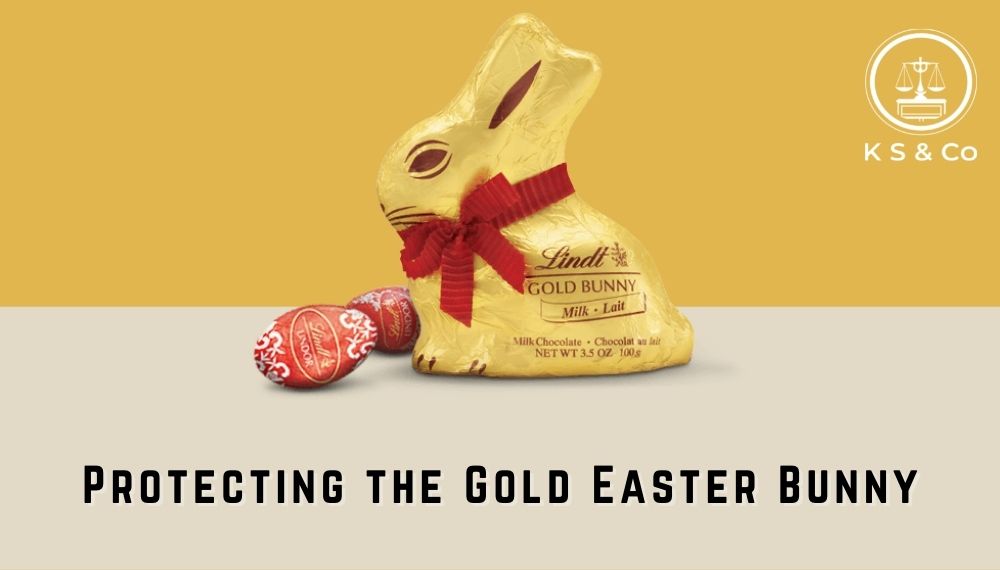
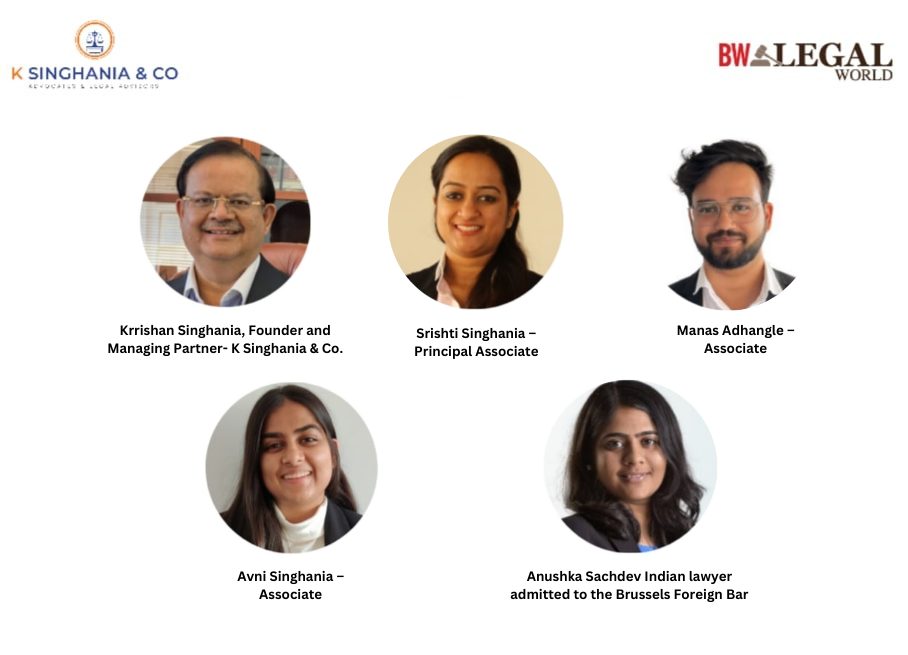
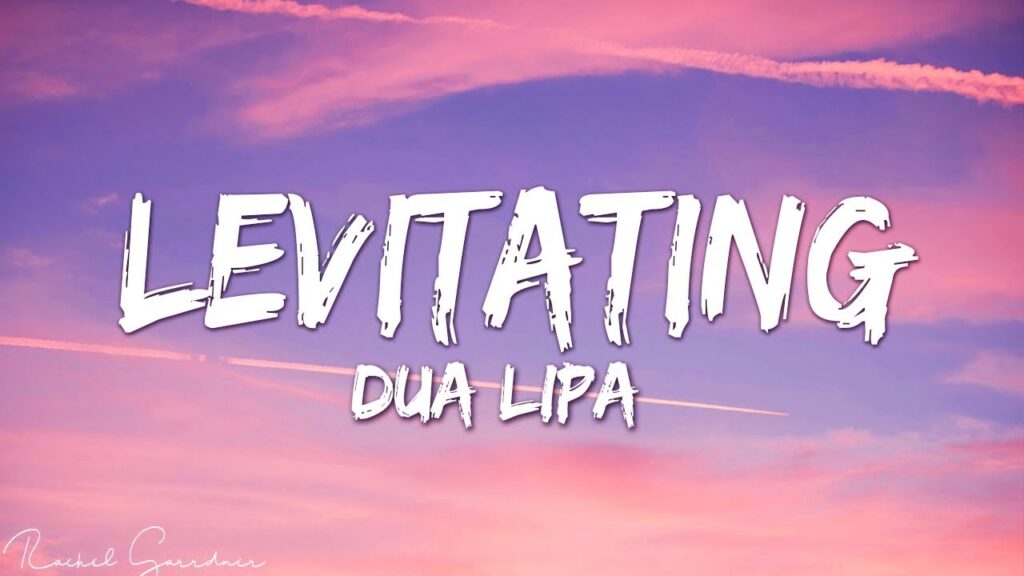
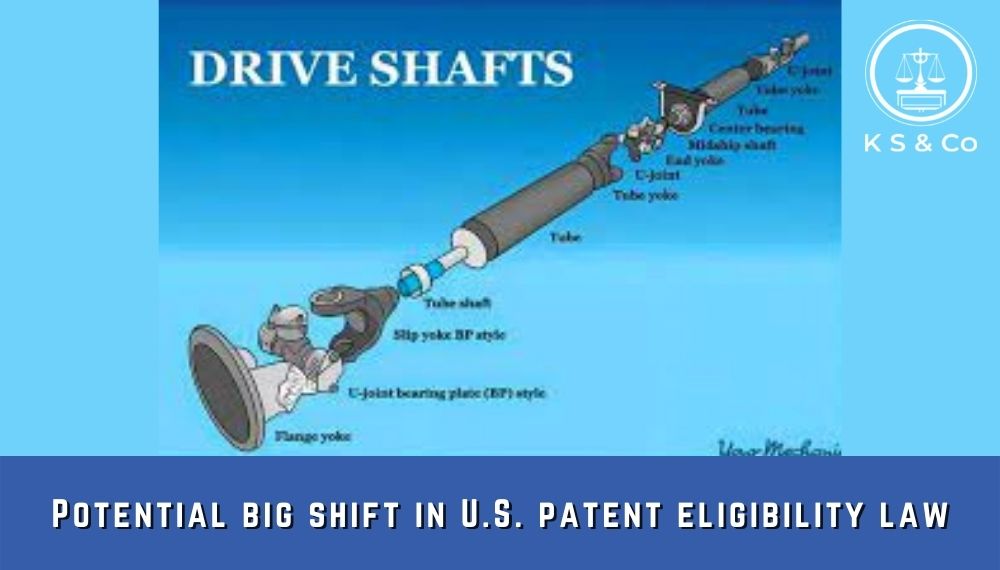
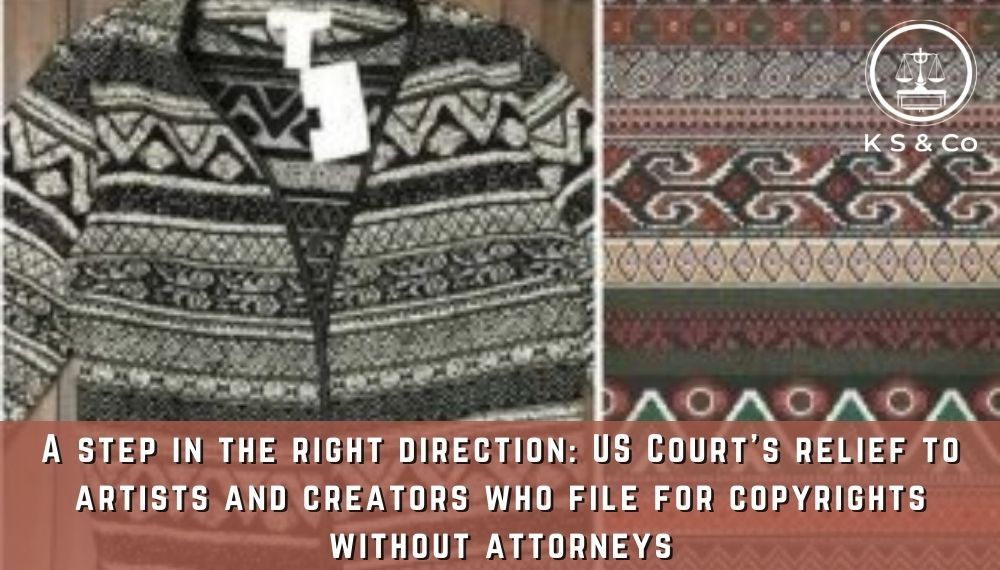
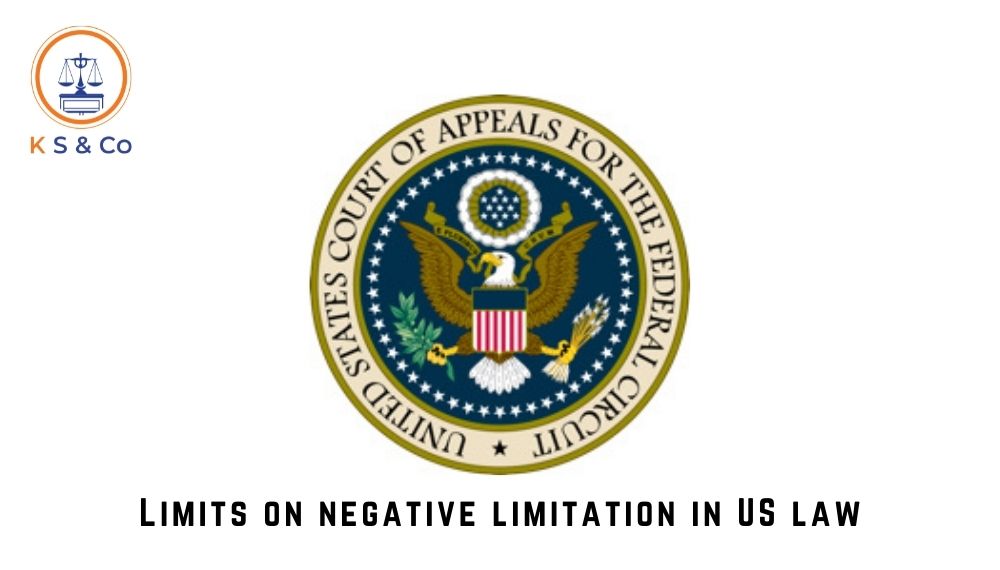
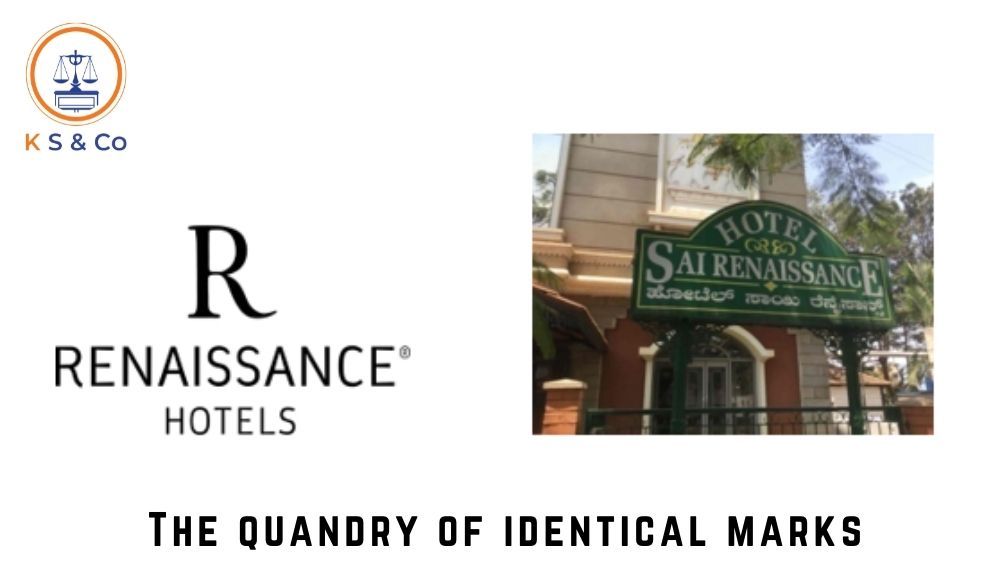
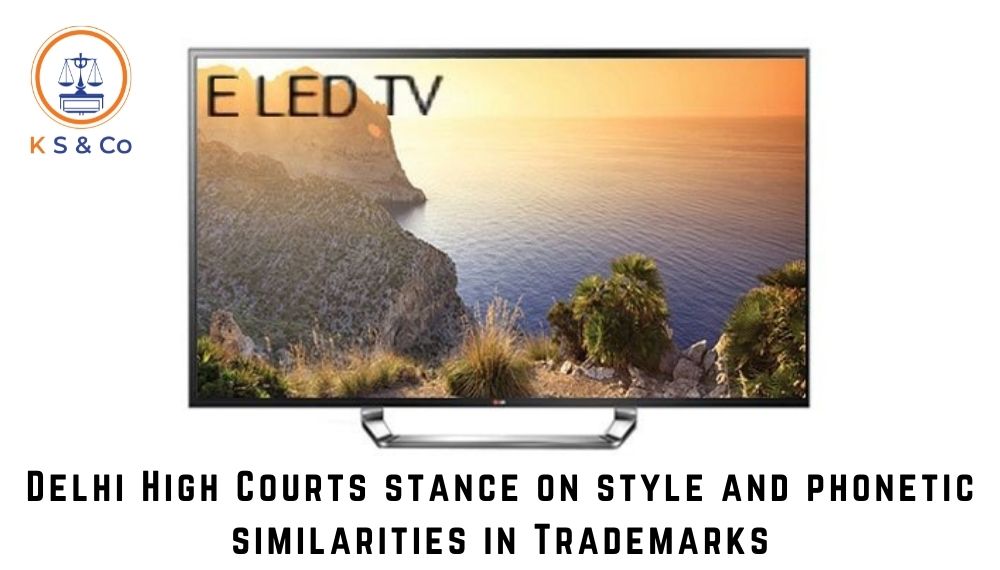
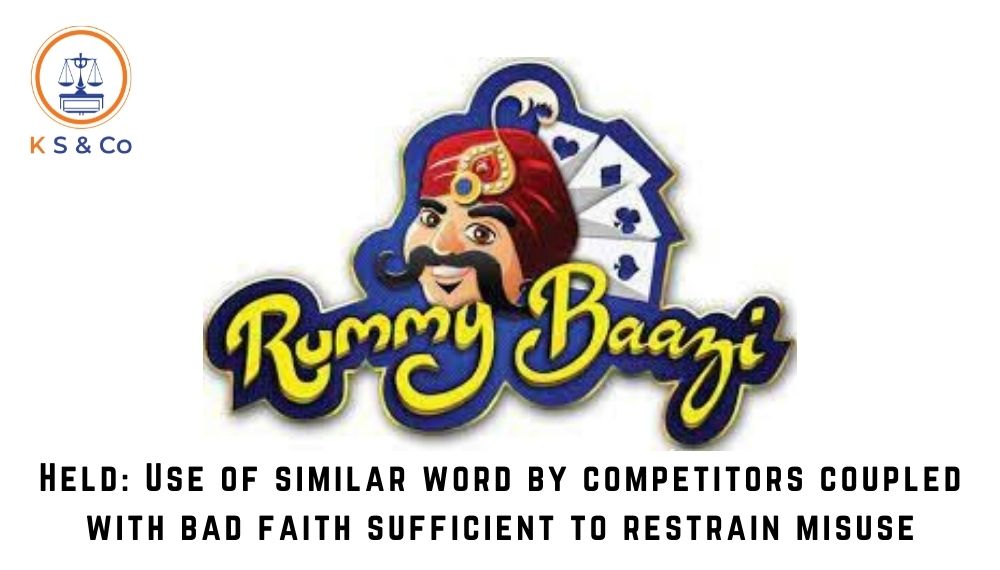
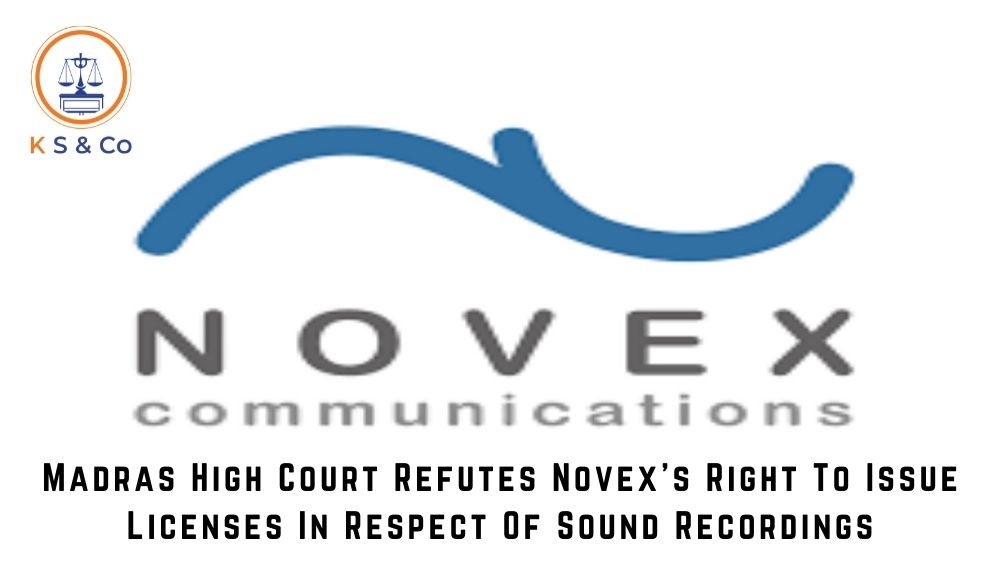
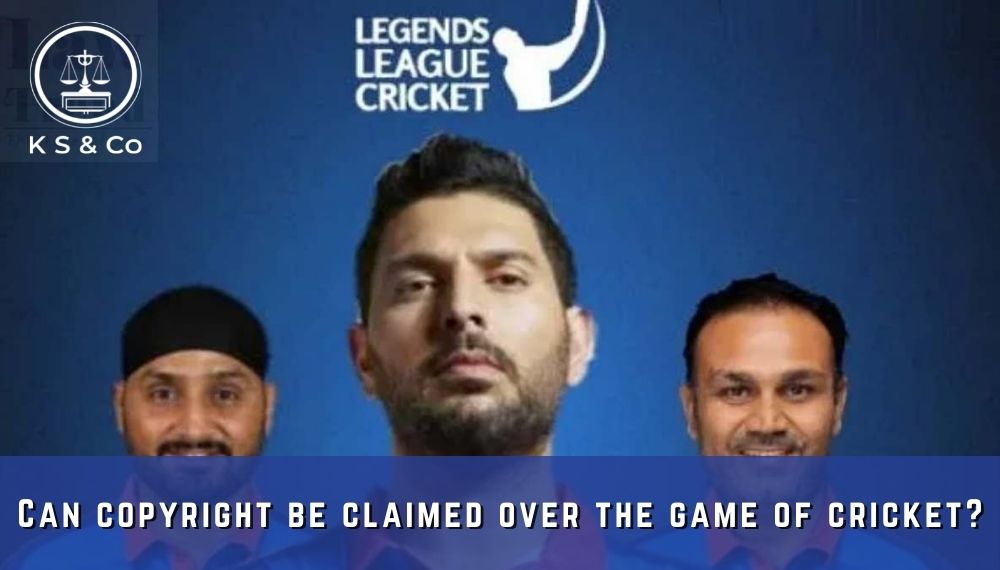


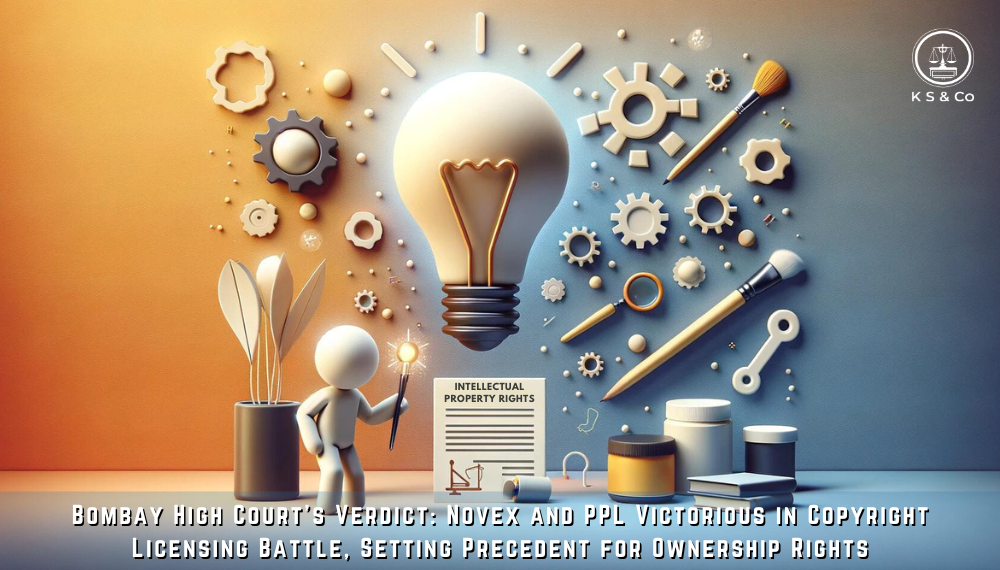
Leave a Reply